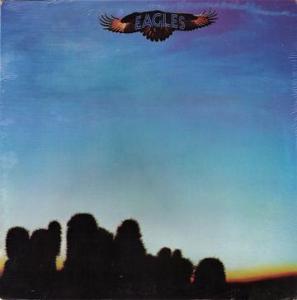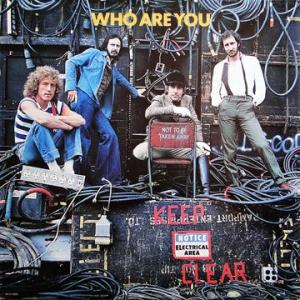
- Boasting two solid Double Plus (A++) sides, here is an outstanding All Analog pressing showcasing the Stones at the peak of their rock and roll powers
- “Love In Vain” is one of the best sounding Stones songs ever recorded – the acoustic guitar harmonics and the rich whomp of the snare prove indisputably that Glyn Johns is one of the engineering greats
- Problems in the vinyl are sometimes the nature of the beast with these Classic Rock records – there simply is no way around them if the superior sound of vintage analog is important to you
- Top 100, 5 stars – Jason McNeil wrote that Beggars Banquet and Let It Bleed are “the two greatest albums the band’s (or anyone’s) ever made.” [Add Sticky Fingers to complete the ultimate Stones Trilogy.]
- This is a Must Own album from 1969, one that should have a place in any audiophile’s pop and rock section
This is, in our humble opinion, the second or third best record the Stones ever made. (Sticky Fingers is Number One, and either this or Beggar’s Banquet comes in a strong second.) With this wonderful early domestic pressing we can now hear the power and the beauty of the recording itself, a fact that we consider the very definition of a Hot Stamper.
Killer Stones Sound
Both sides have more ambiance, more life, and more presence than you probably dreamed possible. Take the sound of “You Can’t Always Get What You Want” to pick just one example. The breathtaking transparency of this copy allows you to pick out each voice in the intro. The vocals on the other songs are no less present, full-bodied and breathy.
There’s also plenty of deep, tight bass, which is crucial to a song like “Monkey Man.” “Gimme Shelter” is pretty tough to get right but it sounds correct here as well.
Testing Love In Vain
This is our favorite test track for side one. The first minute or so clues you into everything that’s happening in the sound. Listen for the amazing immediacy, transparency, and sweetly extended harmonics of the guitar in the left channel. Next, when Watts starts slapping that big fat snare in the right channel, it should sound so real you could reach out and touch it.
If you’re like me, that Tubey magical acoustic guitar sound and the rich whomp of the snare should be all the evidence you need that Glyn Johns is one of the five best rock engineers who ever lived. Ken Scott, Stephen Barncard, Alan Parsons, Geoff Emerick, Bill Halverson, and a few others are right up there with him of course. We audiophiles are very lucky to have had guys like these around when the Stones (and The Beatles and Pink Floyd and Bowie and Crosby, Stills, Nash and Young were at their writing and performing peak.
A Must Own Stones Record
I would hope that it would go without saying that this is a recording that belongs in any serious Rock Music Collection, along with a number of other Stones albums.
Others that belong in that category can be found here.
We would love to get the prices down for these must own titles, but finding good sounding vintage pressings with clean surfaces is getting harder every day.
(more…)










